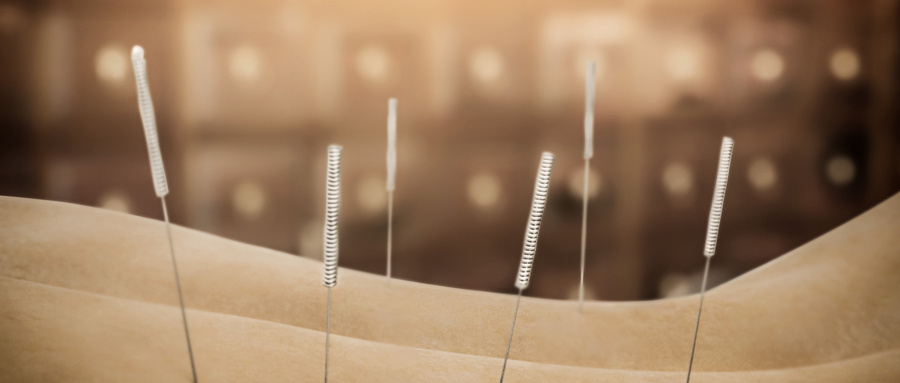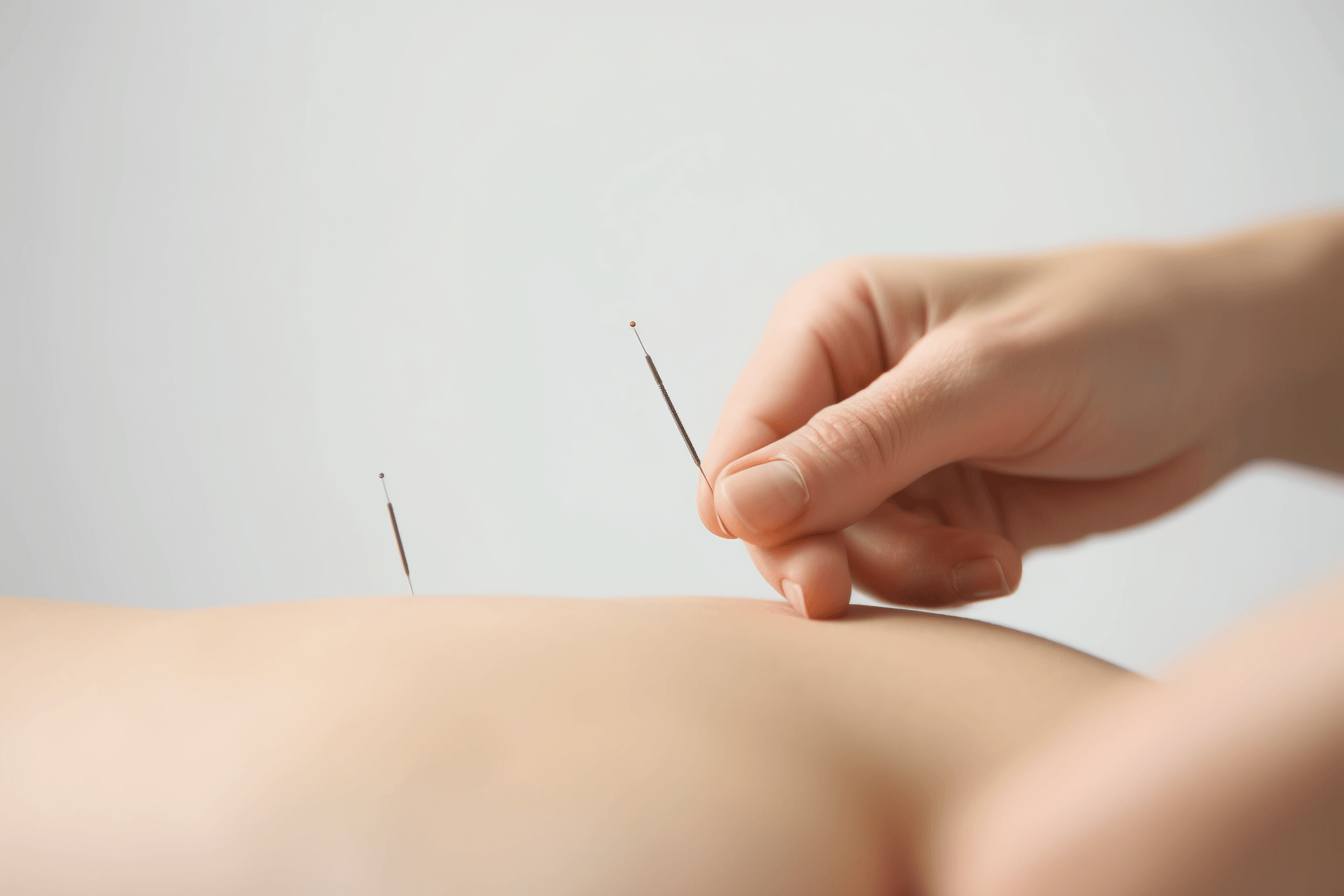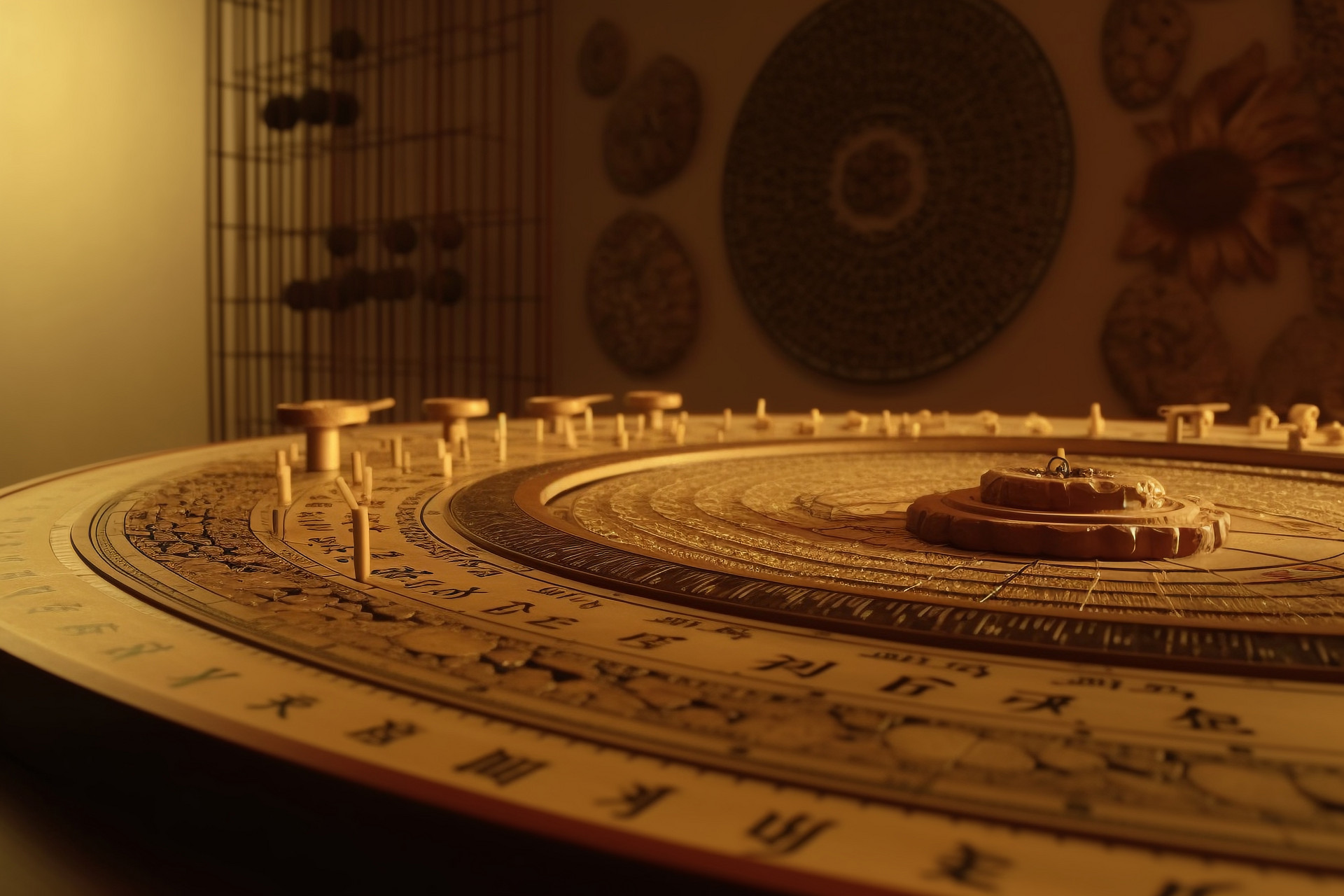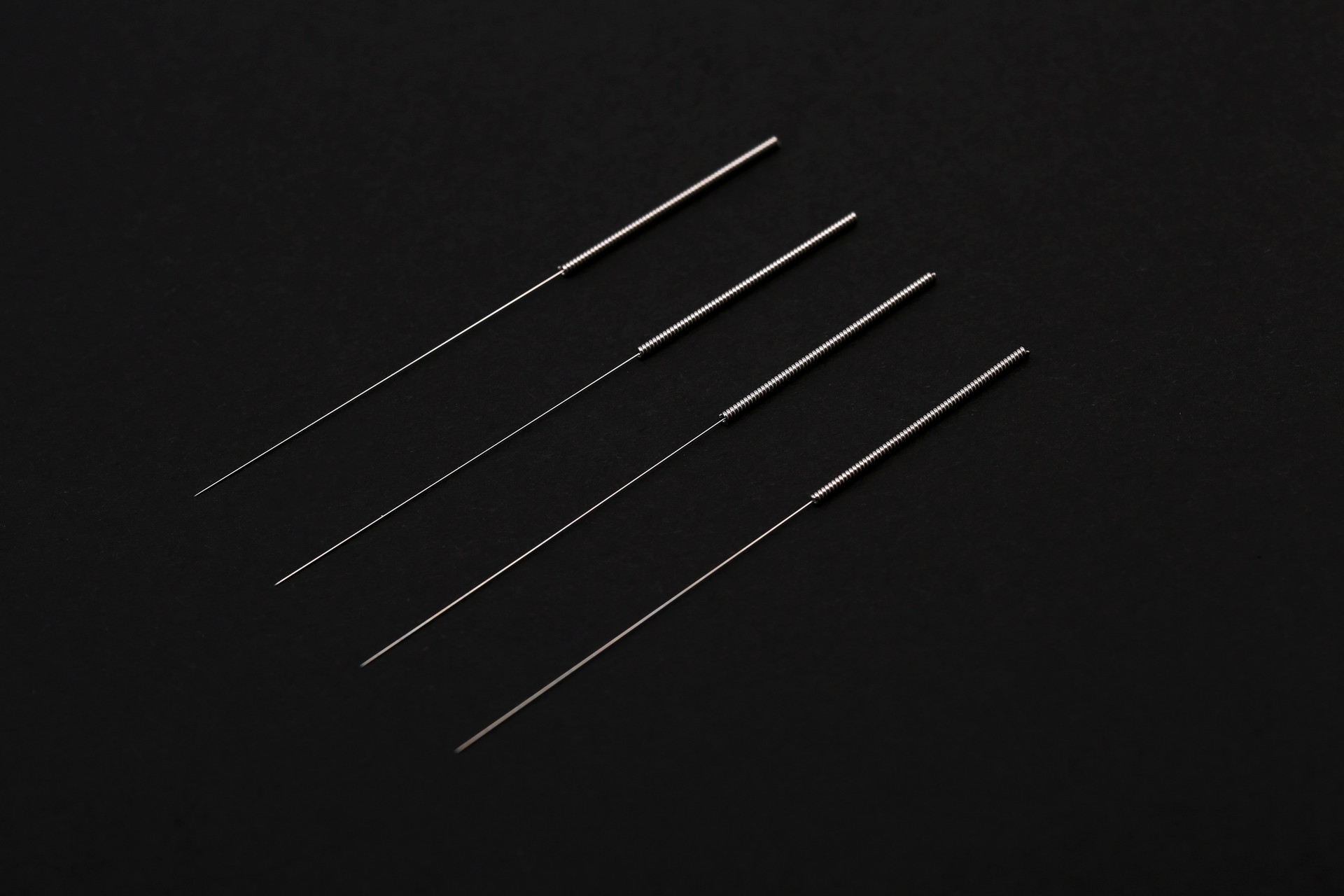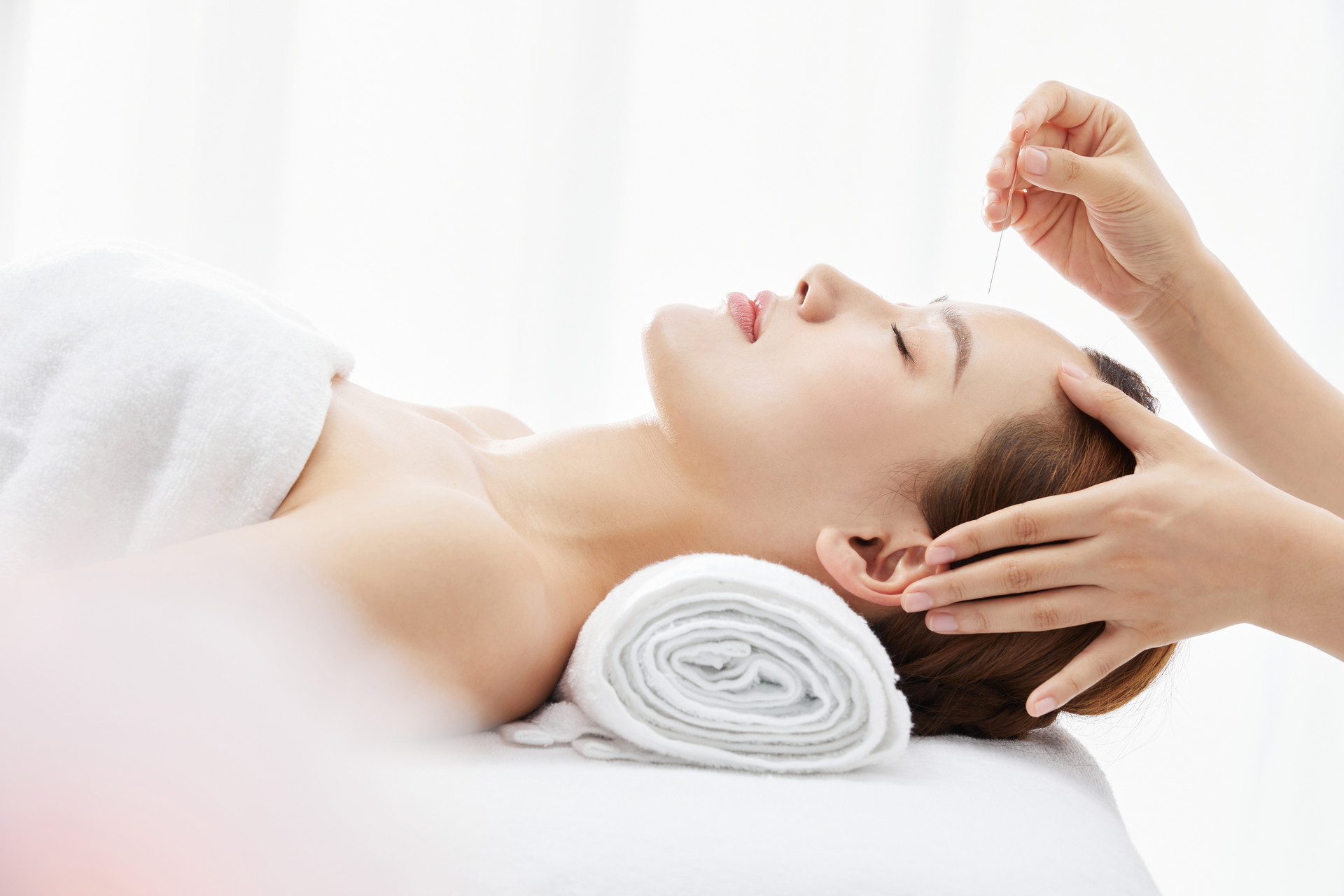The application of traditional Chinese medicine acupuncture therapy is generally based on the differentiation of the zang-fu organs and meridians. Further determination of the pathogenesis and syndrome type is conducted, followed by the selection of acupuncture points for treatment. Today, I will introduce to you the acupuncture therapy in traditional Chinese medicine. Let's see how traditional Chinese medicine acupuncture therapy treats diseases!
An successful case of using the six meridian differentiation theory to guide acupuncture treatment is presented, involving corresponding acupoints for Ge Gen Tang, Xiao Chai Hu Tang, and Shi Gao prescription. The details are as follows.
Differentiation: Combined disease of San Yang (Tai Yang, Shao Yang, Yang Ming).
Prescription ideas for meridian differentiation
The patient has numbness in the occipital region and discomfort in the neck, which is identified as Tai Yang; distention and fullness in the chest and hypochondrium, easily getting angry, which is identified as Shao Yang; dry mouth and other symptoms, which is identified as Yang Ming. All these symptoms combined are classified as a combined disease of San Yang.
The prescription should be a combination of Xiao Chai Hu Tang, Ge Gen Tang, and Shi Gao. However, the patient refused to take Chinese herbal medicine, so acupuncture treatment was given according to the prescription ideas.
Analysis of acupuncture ideas
For the prescription of Ge Gen Tang, the acupoints selected are Zu San Li, Zhong Wan, Xue Hai, Feng Chi, Feng Fu, Naohu, and the acupoints on the neck; for the prescription of Xiao Chai Hu Tang, the acupoint selected is Qi Men; for the prescription of Shi Gao, the acupoints selected are Tian Shu and Qu Chi.
Acupuncture prescription
The acupoints selected are Zu San Li, Zhong Wan, Xue Hai, Feng Chi, Feng Fu, Naohu, Qi Men, Qu Chi, Tian Shu, and the acupoints on the neck.
Acupuncture techniques
Zu San Li and Zhong Wan are tonified, Xue Hai and Qi Men are tonified and drained evenly, Tian Shu and Qu Chi are drained, and no manipulation is used for Feng Chi, Feng Fu, Naohu, and the acupoints on the neck. The needles remain in Feng Chi, Feng Fu, Naohu, Qu Chi, and the acupoints on the neck for 30 minutes, and no needles are left in other acupoints. Treatment is administered once a day. The patient showed significant improvement after one treatment and was cured after three treatments.
Mechanism analysis
The first article of "Treatise on Febrile Diseases" states: "When the disease is in the Tai Yang stage, the pulse is floating, and there is severe headache and aversion to cold." This article is the general outline of Tai Yang disease, and it can be seen from here that the typical symptoms of Tai Yang disease are mainly concentrated in the head and neck area.
In clinical acupuncture treatment for head and neck pain, regardless of external or internal causes, most of the effective acupoints are also concentrated in the head, such as Tai Yang, Shuai Gu, Yin Tang, Zan Zhu, Feng Chi, and Feng Fu. These acupoints are frequently used in clinical practice and have remarkable effects, indicating that these acupoints have the function of resolving the exterior.
In the 24th article of "Treatise on Febrile Diseases", it states: "If, after taking Gui Zhi Tang, the patient becomes restless and the symptoms do not subside, then first needle Feng Chi and Feng Fu, and then administer Gui Zhi Tang, and the patient will recover." This also suggests that needling Feng Chi and Feng Fu can resolve the exterior. These acupoints are equivalent to the exterior-resolving herbs in the prescriptions. When used properly, they have similar effects to the prescriptions.
The 31st article of "Treatise on Febrile Diseases" states: "In Tai Yang disease, if there is stiffness and numbness in the neck and back, absence of sweating, and aversion to wind, it should be treated with Ge Gen Tang." The symptom "stiffness and numbness in the neck and back" mentioned in this article is obviously a clear indication for Ge Gen. When dealing with this symptom in clinical practice, Ah Shi point is a good choice.
Of course, there are many other acupoints that can be used, such as San Li, Er Jian, and San Jian on the hand. In this prescription, local Ah Shi points are mainly selected. Secondly, besides Ma Huang and Ge Gen, Ge Gen Tang actually contains a reduced dosage of Gui Zhi Tang.
Gui Zhi Tang consists of Gui Zhi, Shao Yao, Zhi Gan Cao, Sheng Jiang, and Da Zao. Mr. Hu Xishu believes that it has the function of strengthening the stomach, producing body fluids, and nourishing deficiency. Therefore, Zu San Li, Xue Hai, and Zhong Wan are selected to strengthen the stomach and nourish deficiency.
The 143rd article of "Treatise on Febrile Diseases" states: "In women, if they are affected by wind, have fever and aversion to cold, and their menstrual period is about to come, but it has been seven or eight days, and the fever subsides but the pulse is slow and the body is cold. If there is fullness below the chest and hypochondrium, resembling chest congestion, and delirium, this is the condition of heat entering the blood chamber. It should be treated by needling Qi Men and draining it according to the actual condition."
The 144th article states: "In women, if they are affected by wind, have continued fever after seven or eight days, and their menstrual period has stopped, it is the condition of heat entering the blood chamber, and the blood will inevitably congeal, causing symptoms similar to malaria. If there are intermittent fever attacks, Xiao Chai Hu Tang should be used."
From these statements, it can be seen that there is a certain similarity between needling Qi Men and Xiao Chai Hu Tang. Therefore, in clinical practice, needling Qi Men can replace Chai Hu and Huang Qin in Xiao Chai Hu Tang, "draining it according to the actual condition". The effects of Dang Shen, Ban Xia, Zhi Gan Cao, Sheng Jiang, and Da Zao in Xiao Chai Hu Tang have already been expressed in some corresponding acupoints of Gui Zhi Tang, so there is no need to repeat the acupoint selection.
The Shi Gao syndrome in Mr. Hu Xishu's prescription system is mainly based on clearing the heat of Yang Ming. Therefore, Tian Shu and Qu Chi are selected to drain heat, while also needling Qi Men to clear the heat of Shao Yang. The two have a complementary effect.
Conclusion: Through the introduction in this article, I believe that the majority of enthusiasts of traditional Chinese medicine should have a clear understanding now! Yes, the acupuncture therapies mentioned above are all very effective. If you are interested, you can bookmark this article!


